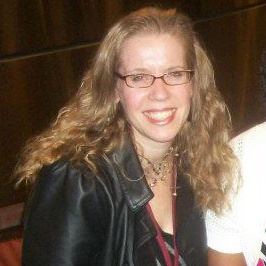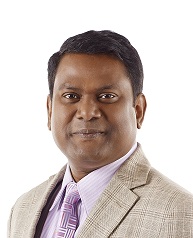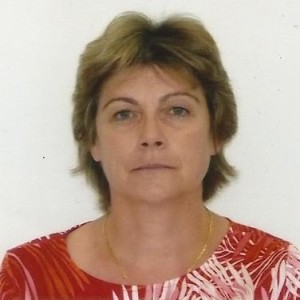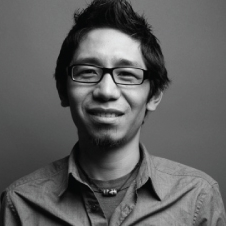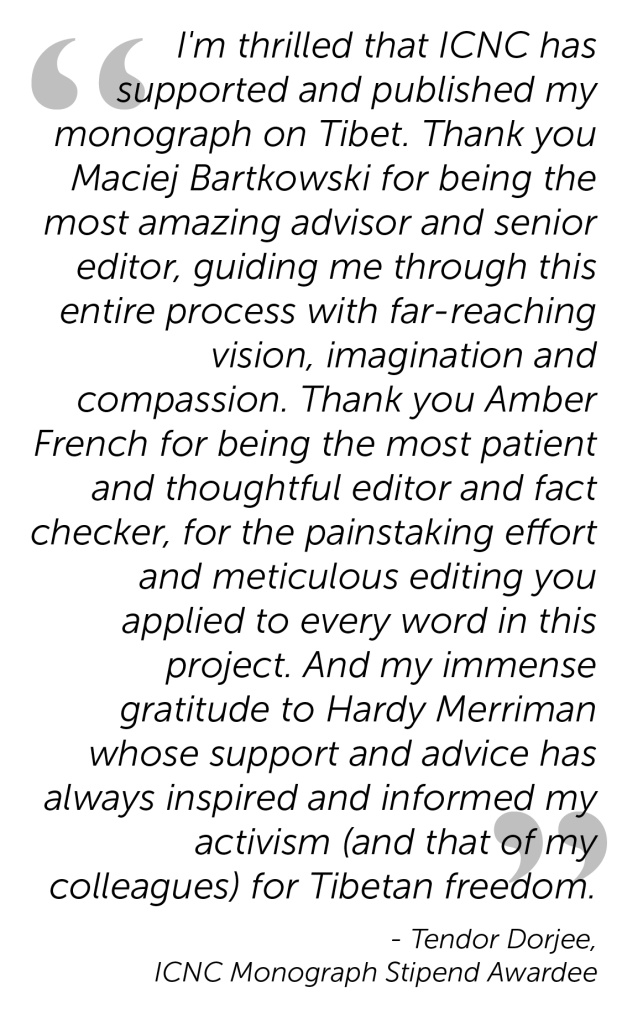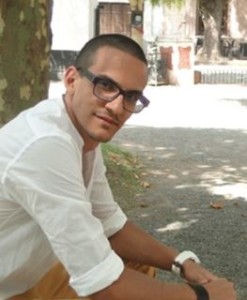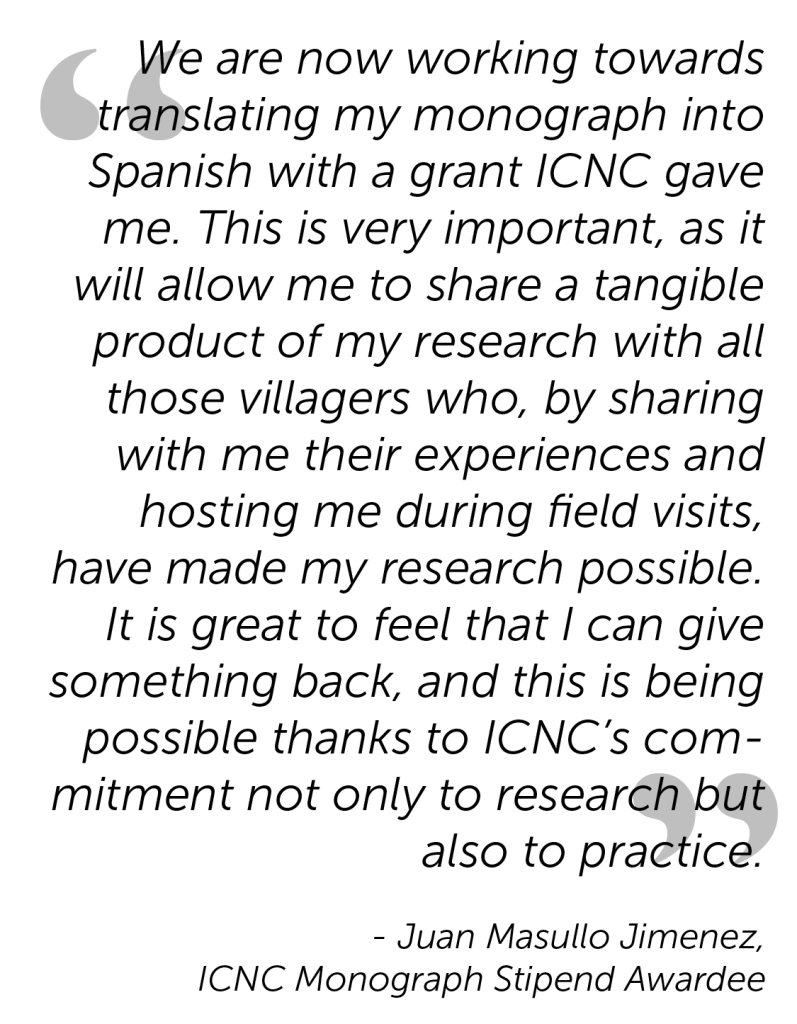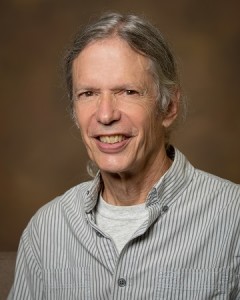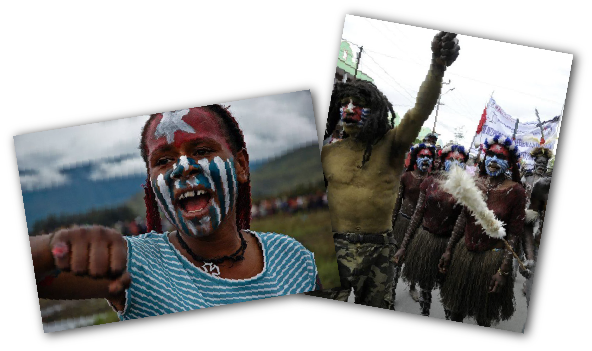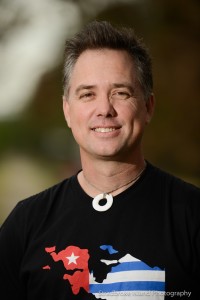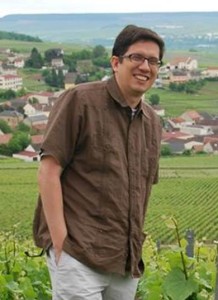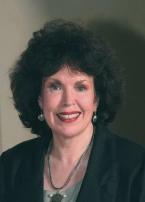View the 2015 Ph.D. Stipend Awardee and their topic
The International Center on Nonviolent Conflict announces its second Ph.D. Stipend Award in support of dissertation writing on civil resistance.
In 2015, ICNC has allotted $20,000 for up to three Ph.D. thesis stipends (last year’s awards ranged from $3,000 to $10,000) that are offered on an open, merit and competitive basis to Ph.D. students who have completed at least the first year of Ph.D. studies and made progress in formulating Ph.D. research topics that are either focused entirely on civil resistance or might benefit from that focus.
Eligibility and Requirements
Ph.D. students who have completed at least the first year of Ph.D. studies at a recognized university and have at least two more years to finalize their doctoral dissertations are encouraged to apply. The Ph.D. thesis itself, or one of its main areas of focus must be relevant to civil resistance studies (This link brings you to ICNC’s universal e-classroom, which offers a comprehensive list of topics relevant to civil resistance studies. Upon registration a person gains access to videos, presentation slides and reading materials assigned to specific civil resistance-related topics). In addition to the Ph.D. thesis proposal, interested applicants are asked to submit a 1,500-word review of civil resistance literature (this link brings you to a comprehensive bibliography of known civil resistance-related literature, which was developed by April Carter, Howard Clark and Michael Randle over a number of years). The main goal of the review is to highlight analytical and empirical relevance of civil resistance literature to the main topics, arguments, case studies or/and possible findings of the Ph.D. thesis.
How to Apply
Applicants need to fill out the online application form, which includes:
- Ph.D. thesis proposal which clearly explains research inquiries, arguments and cases included in your thesis. Please emphasize the study of civil resistance, clarifying how the stipend will help enhance both your thesis and the field of civil resistance more broadly.;
- Literature review on civil resistance which explains relevance of the scholarship on civil resistance to arguments, analysis and cases that are developed in the Ph.D. thesis. Prior to preparing the literature review applicants are strongly encouraged to review an online guide to civil resistance literature as well as a selected list of main bibliographical entries on civil resistance;
- CV;
- Copy of a Ph.D. transcript indicating grades earned thus far;
- Writing sample no longer than 1,000 words that has not been published.
Application Deadline
The deadline for application submissions is April 13, 2015. The length of the review process will be determined by the number of applications, though decisions should be made four to six weeks after the deadline.
Stipend distribution
The Ph.D. stipend will be disbursed in installments. The installments will be made based on an agreed-upon schedule for the submissions of relevant reports and assessments. Each installment will be made contingent upon positive evaluation of the submitted work and satisfactory progress toward the dissertation’s completion.
Research topics currently of interest to ICNC
Sample research topics that applicants are encouraged to consider include (but are not limited to):
Formation of civil resistance movements
Coalitions and their purposes
The conceptual, ideational, and psychological basis of movement mobilization
Sustaining civil resistance movements and building movement resilience
Short- and long-term impacts of civil resistance on society, politics, and institutions
Impacts of civil resistance on identities, culture, and individual and collective behavior and aspirations
Civil resistance and political transition processes
Civil resistance and negotiations
Different phases of civil resistance movements
Different leadership, organizing, and decision-making processes within civil resistance movements
Civil resistance in violent environments or in fragile states
Civil resistance and prevention of major atrocities
Civil resistance and violent non-state actors (e.g. organized criminal syndicates, paramilitary groups or radical flanks)
Civil resistance against structural violence
Civil resistance against corruption
Civil resistance against abusive exploitation of natural resources
Civil resistance and alternative self-organized economic, political, educational, or judicial systems
Civil resistance and international human rights norms
Civil resistance and violent repression
Civil resistance, new technologies and media
Civil resistance and the maintenance of nonviolent discipline
The impact of civil resistance on defections by the supporters of a movement’s opponent
Civil resistance movements that have not succeeded: lessons learned
Unknown or little-understood cases of civil resistance struggles in the past or recent history, particularly if they can shed more light on some of the above-listed themes
The impact of external third party (i.e. states, multilateral institutions, INGOs, international journalists, diaspora groups) action on civil resistance movements
Contacting ICNC
Inquiries should be directed via email to AcademicInitiative@nonviolent-conflict.org. No phone calls, please.

